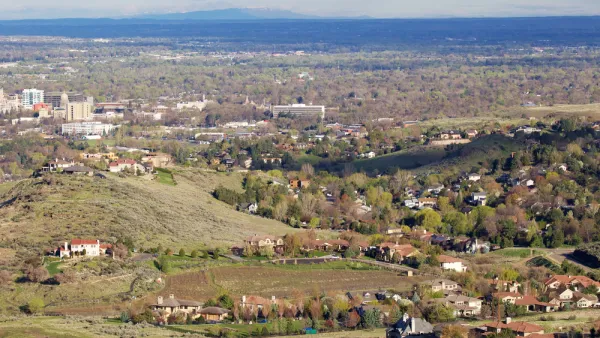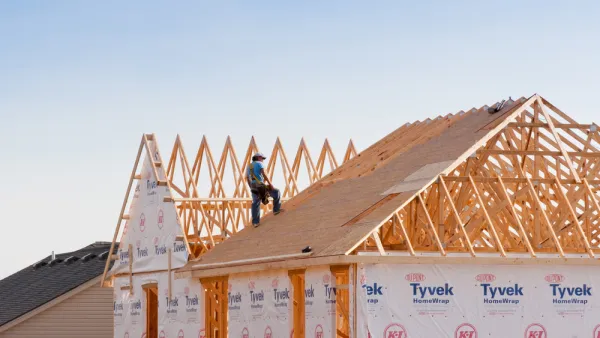Voters in Alameda, a city of nearly 80,000 people on an island in the East San Francisco Bay Area, will vote to end a prohibition on multi-family housing that has been in place since 1973.

"Alameda voters will decide whether to allow construction of multi-family housing units in Alameda in the upcoming November election," reports Ekene Ikeme.
The ballot measure, Measure Z, would "repeal Article 26 of the City Charter, which prohibits multiple dwelling units from being built," according to Ikeme.
Yes, you read that correctly. Voters in the city of Alameda, a city in the East Bay Area in Northern California, will decide whether or not to end single-family zoning.
The Measure Z question states, “Shall the measure amending the City Charter to repeal the prohibition against the building of multi-family housing in Alameda and amending the City Charter and the General Plan to repeal the citywide density limitation of one housing unit per 2,000 square feet of land be adopted?”
Previous decisions to rescind single-family zoning restrictions, like in the city of Minneapolis and the state of Oregon, have depended on legislative processes that never faced a direct vote by residents.
Measure Z would, in effect, overturn two previous measures approved by voters: Measure A in 1973 and Measure A in 1991. The 1973 vote prohibited the development of multiple dwelling units. The 1991 vote set the city's development density at one housing unit per2,000 square feet of land.
Measure Z follows a report prepared by city staff in 2018 that determined Article 26 of the city's charter does not comply with state law.
FULL STORY: NEW HOUSING MEASURE ON UPCOMING BALLOT

National Parks Layoffs Will Cause Communities to Lose Billions
Thousands of essential park workers were laid off this week, just before the busy spring break season.

Retro-silient?: America’s First “Eco-burb,” The Woodlands Turns 50
A master-planned community north of Houston offers lessons on green infrastructure and resilient design, but falls short of its founder’s lofty affordability and walkability goals.

Delivering for America Plan Will Downgrade Mail Service in at Least 49.5 Percent of Zip Codes
Republican and Democrat lawmakers criticize the plan for its disproportionate negative impact on rural communities.

Test News Post 1
This is a summary

Test News Headline 46
Test for the image on the front page.

Balancing Bombs and Butterflies: How the National Guard Protects a Rare Species
The National Guard at Fort Indiantown Gap uses GIS technology and land management strategies to balance military training with conservation efforts, ensuring the survival of the rare eastern regal fritillary butterfly.
Urban Design for Planners 1: Software Tools
This six-course series explores essential urban design concepts using open source software and equips planners with the tools they need to participate fully in the urban design process.
Planning for Universal Design
Learn the tools for implementing Universal Design in planning regulations.
EMC Planning Group, Inc.
Planetizen
Planetizen
Mpact (formerly Rail~Volution)
Great Falls Development Authority, Inc.
HUDs Office of Policy Development and Research
NYU Wagner Graduate School of Public Service





























